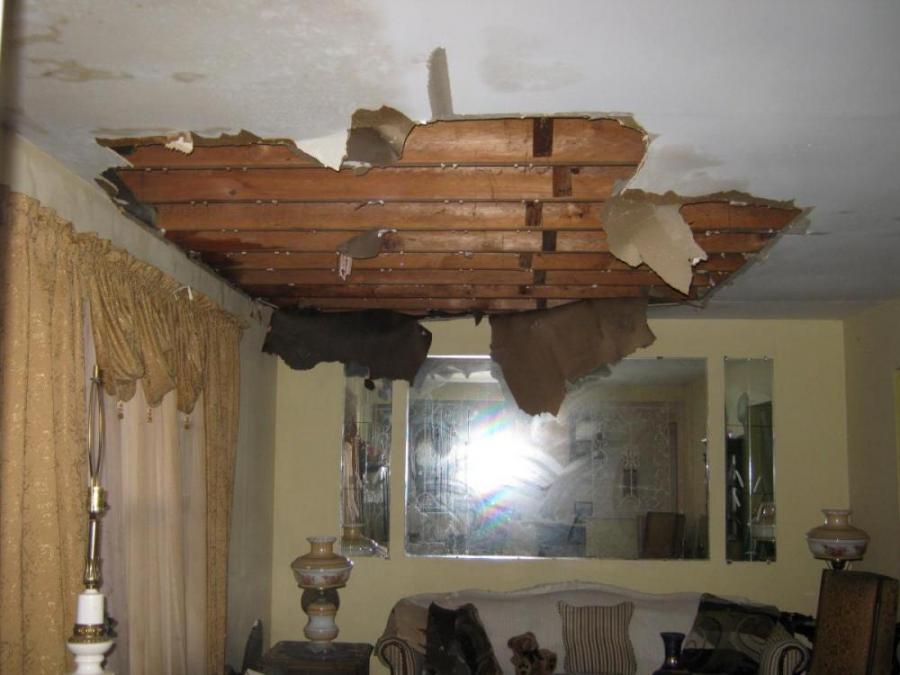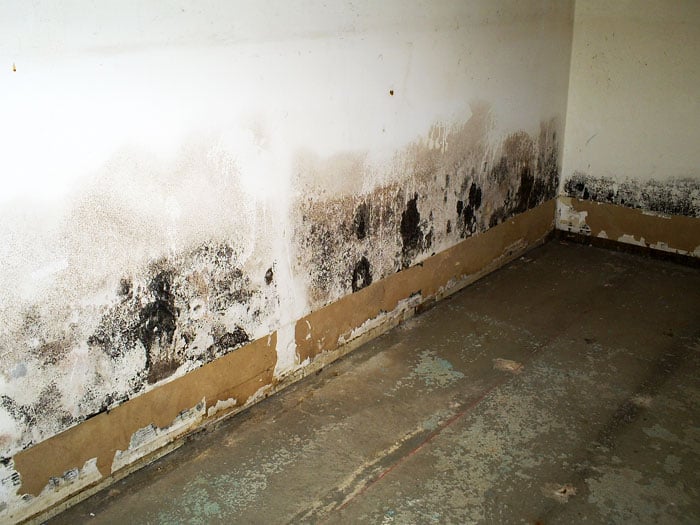Do's & Don'ts of Water Damage.
Do's & Don'ts of Water Damage.
Blog Article
On this page in the next paragraph you will discover some awesome advice relating to Keeping Your Home Safe This Holiday Season.

Water gives life, yet water invasion on some parts where it's not supposed to be can cause damage and aggravation. It can peel off away the surface and also wear down the material's structure if the water seeps into your framework. Mold and also mildew also prosper in a damp setting, which can be harmful for your and also your household's wellness. Additionally, residences with water damage scent old and mildewy.
Water can come from numerous resources like typhoons, floods, burst pipes, leaks, and also sewage system concerns. If you have water damage, it's better to have a working knowledge of safety precautions. Below are a couple of standards on exactly how to take care of water damage.
Do Prioritize Home Insurance Insurance Coverage
Seasonal water damages can come from floods, seasonal rainfalls, as well as wind. There is also an incident of a sudden flooding, whether it came from a faulty pipeline that unexpectedly bursts right into your home. To shield your house, obtain house insurance that covers both disasters such as all-natural tragedies, and emergency situations like broken plumbing.
Do Not Forget to Shut Off Energies
When disaster strikes as well as you remain in a flood-prone area, shut off the major electrical circuit. Switching off the power prevents
When water comes in as water serves as a conductor, electrical shocks. Don't fail to remember to switch off the primary water line valve as a way to avoid more damages.
If the floodwaters are getting high, keep your furniture stable as they can move around and cause additional damage.
Do Stay Proactive and also Heed Climate Alerts
Storm floods can be really uncertain. If you stay in an area pestered by floodings, stay proactive as well as ready at all times. Pay attention to the news and also discharge cautions if you live near a body of water like a creek, river, or lake. Secure your valuables and also vital papers from the first stage and cellar, then placed them in a safe place and the highest feasible level.
Don't Neglect the Roofing System
Before the weather condition turns terrible and also for the worse, do a roof covering evaluation. A far better behavior is to have a yearly roofing evaluation to reduce complex issues and also future issues. A great roofing system with no openings as well as leakages can be a good shield versus a tool as well as the rainfall to prevent rain damage. Your roofer ought to take care of the malfunctioning seamless gutters or any other indicators of damage or weakening. An inspection will certainly protect against water from moving down your wall surfaces and also saturating your ceiling.
Do Take Note Of Tiny Leakages
A burst pipe does not occur in a vacuum cleaner or overnight. There are red flags that can draw your focus as well as suggest to you some damaged pipes in your home. Indications of warnings in your pipelines include bubbling paint, peeling wallpaper, water streaks, water spots, or leaking noises behind the walls. There are indications that the pipe will certainly burst. If you see these signs, do not wait on an escalation. Repair and also inspect your plumbing repaired prior to it results in huge damage to your home, financial resources, as well as an individual nightmare.
Do Not Panic in Case of a Ruptured Pipe
Timing is essential when it comes to water damages. If a pipe ruptureds in your house, immediately closed off your primary water valve to cut off the source and stop more damages. Call a respectable water damage reconstruction professional for assistance.
Water offers life, yet water breach on some parts where it's not expected to be can result in damages as well as aggravation. In addition, homes with water damage smell moldy and old.
Seasonal water damage can come from floods, seasonal rainfalls, and wind. Indications of red flags in your pipelines consist of gurgling paint, peeling wallpaper, water touches, water spots, or trickling audios behind the wall surfaces. If a pipeline ruptureds in your house, instantly closed off your main water valve to reduce off the source and also stop more damage.
Ask Our Experts: Do’s and Don’ts After Water Damage
What Does Water Damage Look Like?
There are three basic types of water damage:
Clean water. Clean water does not pose an immediate risk to your health. Maybe your sink overflowed, or one of your pipes burst. Both scenarios are examples of clean water damage. Grey water. Grey water likely contains potentially dangerous contaminants. If your dishwasher leaks, you are dealing with a grey water damage situation. Black water. Black water is unquestionably dirty water, and exposure to it is bad for your health. A sewage backup in your home is an example of black water damage. The Do’s and Don’ts: Steps to Take and Not Take as Soon as You Detect Water Damage
The second you discover a problem in your home, you can take action and get yourself on the road to water damage cleanup and restoration:
Clean up what you can. Professionals will be able to help you with the heavy lifting, but the time before anyone arrives to help is valuable. Do your best to remove standing water with sponges, mops and rags. Move what valuables and belongings you can out of the way of the water. Remove wet rugs from the area. Ventilate. Mildew and mold are two of the biggest problems that accompany water damage. As soon as you notice a leak and/or water damage, do your best to ventilate the area. Open your windows. During the summer, turn on the air conditioning. During the winter, you can alternate between turning on the heat and opening the windows. Freeze valuable documents. If you find wet papers, you might not be able to dry them right away. To slow down early mildew growth, you can freeze documents. Later, you can take time to dry and preserve them carefully. Take pictures. No one wants to remember how their home looked while it was water damaged, but pictures are an important part of the documentation required for insurance purposes. You can take them with your phone or camera to show the extent of the damage. Call your insurance company. Water damage repair can be expensive. You will want to call your insurance company right away to inform them that you will be making a claim. Contact Tuckey Restoration, Inc. Water restoration is most effective when handled by professionals. Reach out to us for help getting your home restored. We have a 24/7 hotline for urgent issues and an online contact form. What to Do in the First 24 Hours After Water Damage
The first 24 hours after you discover water damage are critical. Here are a few steps to take immediately:
Shut off the water. If the water damage is the result of leaking pipes or a backed-up appliance, turn off the water source to prevent any more water from entering your home. Turn off the electricity. Water and electricity are a bad combination. Once you have discovered where the water is leaking from and where it is going, shut off the power in affected rooms. You should take this important safety measure before attempting any cleanup efforts. Make the right calls. We already mentioned that you should get in touch with your insurance company and a restoration expert, but we can’t stress how important these two steps are. The sooner you get in touch with both, the sooner you can get your home and your life back to normal. Minimize the damage. Seeing what water damage does might leave you feeling completely helpless, but there are things you can do in the first 24 hours to keep the situation from getting any worse. Think about the tips we talked about earlier. Ventilate flooded areas as soon as possible. Move what you can away from the source of the leak and any affected areas. Dry out anything you can. Looking Ahead: How to Protect Your Home From Water Leaks and Damage
An ounce of prevention is worth a pound of cure, as the old saying goes. This is certainly the case when it comes to water damage. Here are a few tips to help you prevent water damage in your home:
Know how to check for leaks. We talked about the top signs of leaks earlier in this article. Carefully monitor your water bill, and always investigate any suspicious signs like mold, mildew or unpleasant smells. Maintain your appliances and your roof. Leaks and subsequent water damage are often the results of poor maintenance. Make sure your washing machine hoses are up-to-date. Keep an eye on other appliances like dishwashers. You should also be mindful of your roof. Are there any shingles missing? If you notice your roof needs work, don’t put it off. Clean out your gutters. Gutters are designed to give your home proper drainage during rainstorms, but they can’t do their job while clogged. Blocked gutters can send water seeping through your roof and into your home’s foundation, so add cleaning them to your to-do list. Maintain your outdoor plants and trees. It is important to know the location of your home’s pipes when you are maintaining and planting in your yard. Strong roots from shrubs and trees have the potential to grow around pipes and cause leaks. Consider buying water detection devices. You probably do not want to spend much time thinking about and searching for leaks. Save yourself some time and buy some peace of mind with water detection devices. You can install this equipment near common sources of leaks like sump pumps and water heaters. There are also Wi-Fi enabled systems on that market that not only beep, but also send you an e-mail or text notification if water is detected. Tuckey can assist in procuring and installing this type of automated equipment.

I came across that entry on How To Prevent Fire And Water From Ruining Your Holiday Season while exploring the internet. Sharing is caring. You just don't know, you may be helping someone out. I thank you for reading our article about Fire And Water Damage Prevention.
Report this page